Google's 'thinking' model, Databricks' $10 billion, and ChatGPT search updates: This week's AI launches
Plus, Suki announced new capabilities for its Suki Assistant through a collaboration with Google Cloud
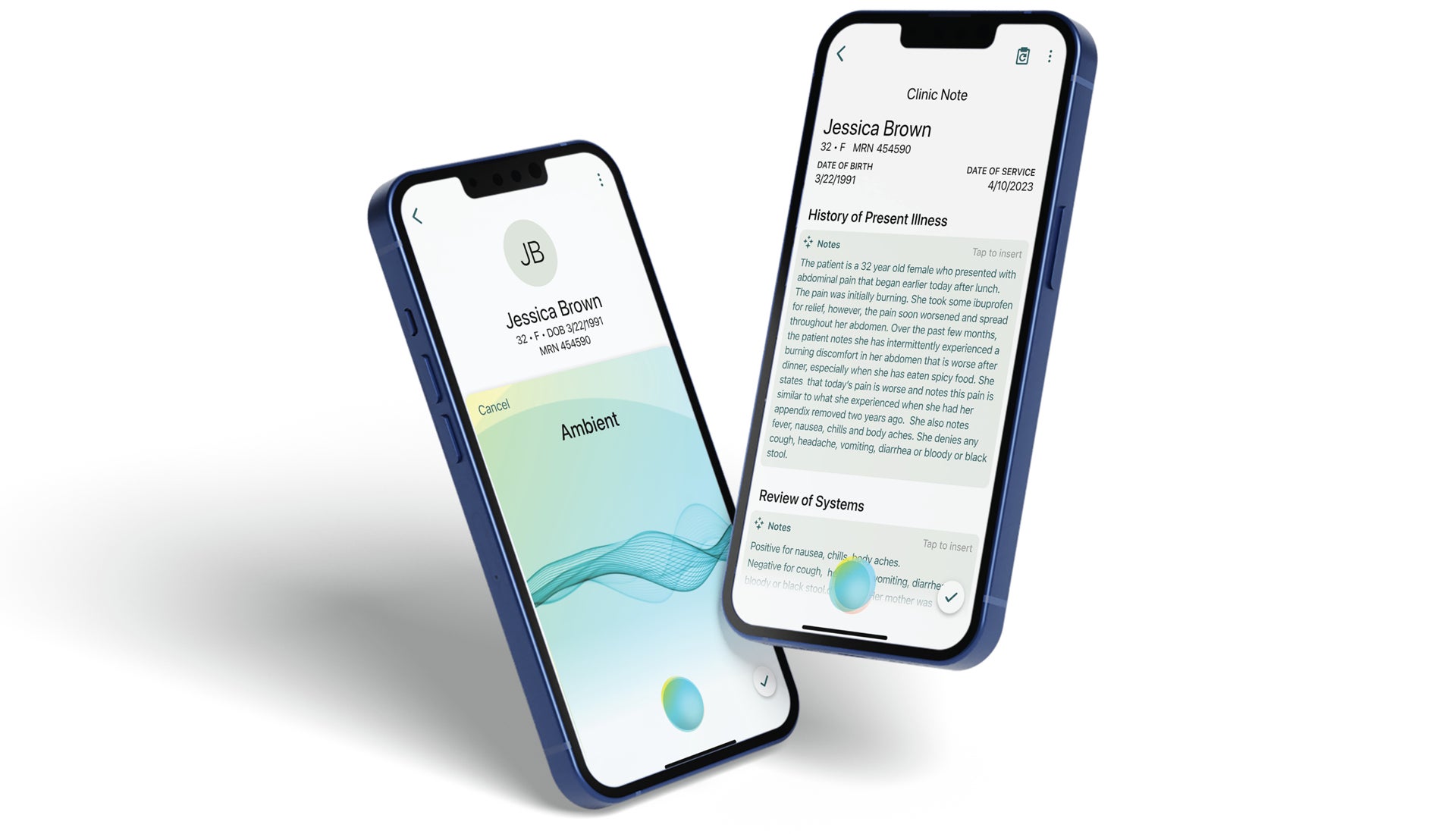
Each week, Quartz rounds up product launches, updates, and funding news from artificial intelligence-focused startups and companies.
Here’s what’s going on this week in the ever-evolving AI industry.
2 / 8
Google’s experimental “Thinking Mode” model
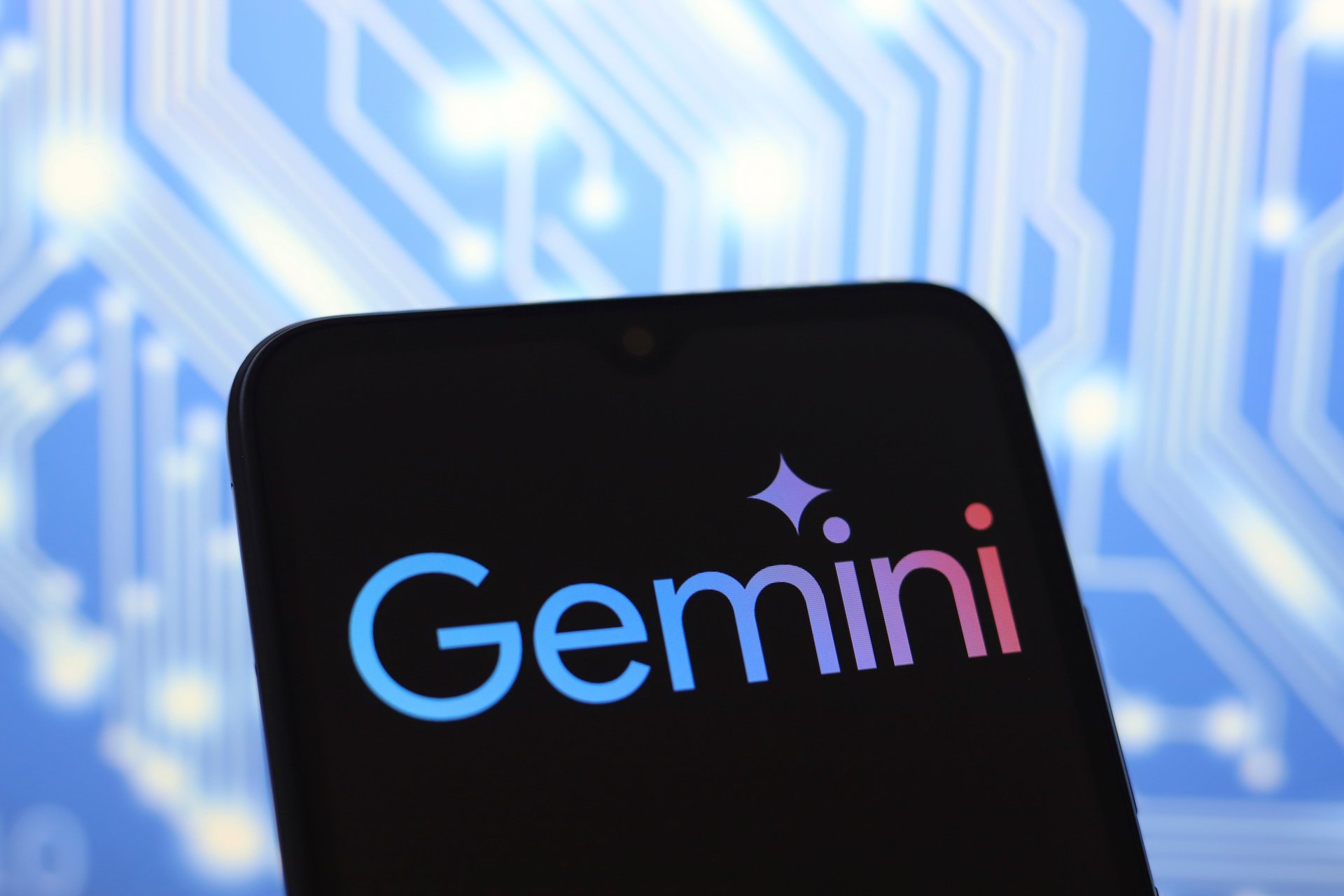
Google (GOOGL) announced its Gemini 2.0 Flash Thinking Mode experimental model this week that is “trained to generate the ‘thinking process’” as it responds to queries. Compared to Google’s recently released Gemini 2.0 Flash model, the Thinking Mode model “is capable of stronger reasoning capabilities” in responses, Google said.
The experimental model, which is available through Google’s Vertex AI, is limited to text and image inputs and text outputs.
3 / 8
ChatGPT search updates
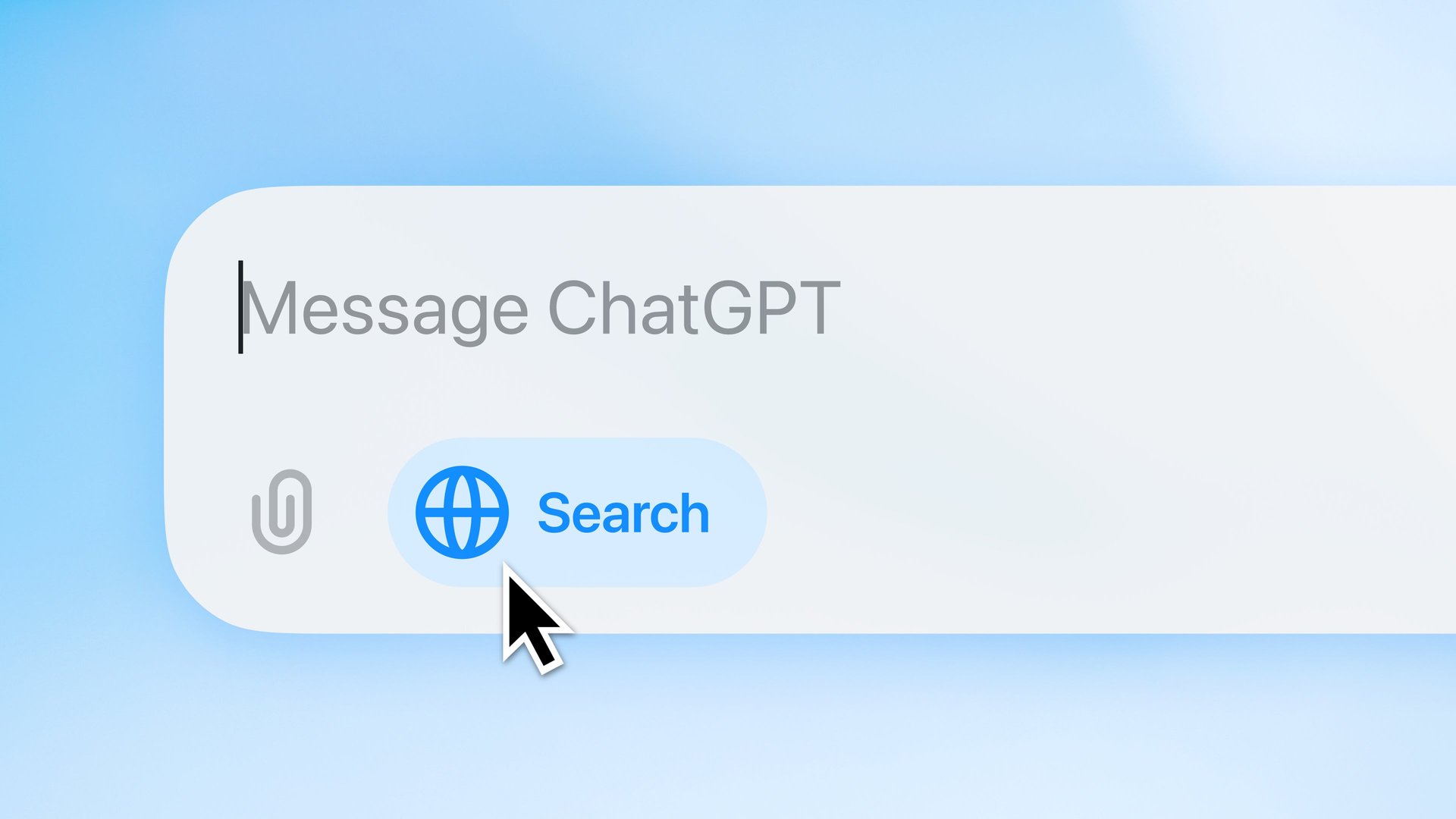
OpenAI announced the rollout of ChatGPT search to all free users this week, so long as they’re logged in. The AI startup also launched improvements for the search feature’s speed and mobile experience, and added a maps experience.
Search is also now available in Advanced Voice, meaning users can conduct searches by talking to ChatGPT.
4 / 8
Databricks’ $10 billion Series J
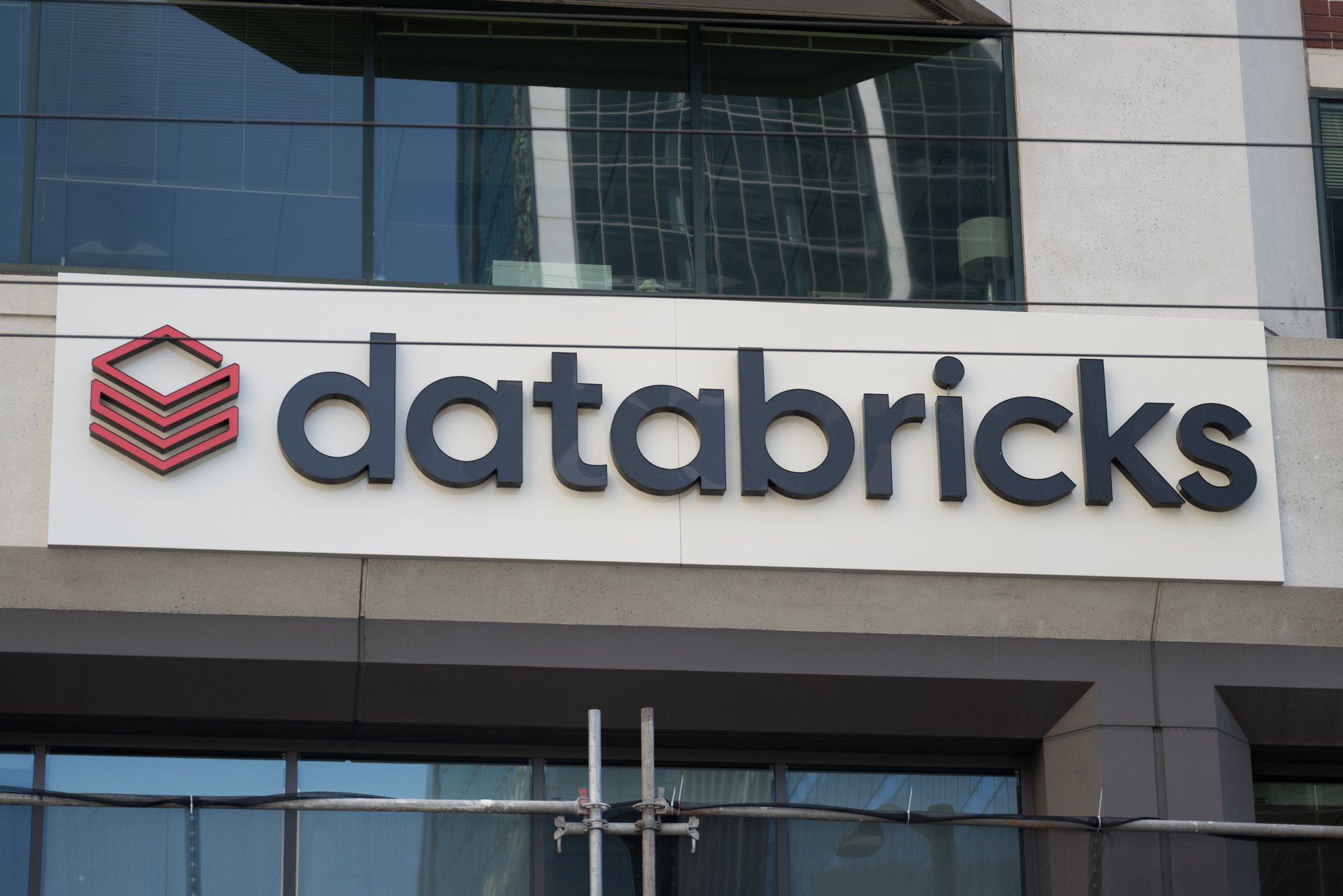
Data and AI company Databricks announced this week that it is raising $10 billion of expected non-dilutive financing. The company said it has already completed $8.6 billion, leading to a valuation of $62 billion. Thrive Capital is leading the round, with Andreessen Horowitz, DST Global, GIC, Insight Partners, and WCM Investment Management as co-leads.
“We were substantially oversubscribed with this round and are super excited to bring on some of the world’s most well-known investors who have a deep conviction in our vision,” Ali Ghodsi, co-founder and CEO of Databricks, said in a statement. “These are still the early days of AI. We are positioning the Databricks Data Intelligence Platform to deliver long-term value for our customers and our team is committed to helping companies across every industry build data intelligence.”
Databricks said it has experienced “increased momentum and accelerated growth” — over 60% year over year — in recent quarters. The new capital will go toward AI products, acquisitions, and expansion of its international go-to-market operations, the company said.
5 / 8
Suki’s collaboration with Google Cloud
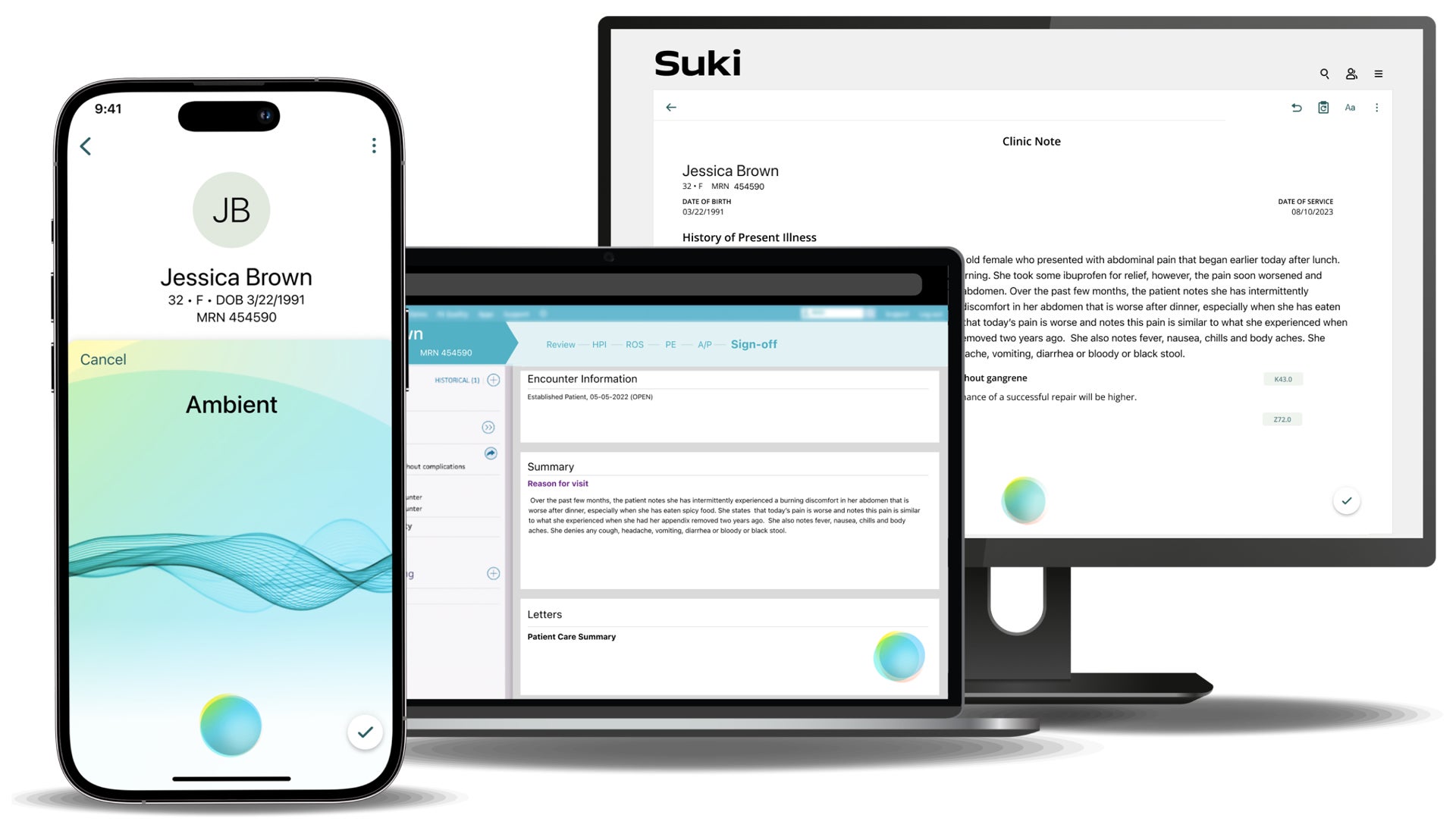
Suki, which develops AI voice technology for the healthcare industry, announced new capabilities for its flagship Suki Assistant product this week through a collaboration with Google Cloud.
The Suki Assistant will use Google Cloud’s Vertex AI platform to provide patient summaries and answer medical reference questions, Suki said. The assistant can also work with healthcare providers on documentation, coding, retrieving patient chart data, and dictation. The patient summarizations are generated from previous patient documentation and chart records available through electronic health records, the company said.
“Our goal is to make healthcare technology invisible and assistive, to give clinicians their time back to care for patients,” Punit Soni, founder and CEO of Suki, said in a statement. “Today marks a milestone in Suki’s history: becoming the industry’s first end-to-end AI assistant. In partnership with Google Cloud, these latest features change the paradigm of how clinicians access and consume data that informs care decisions, giving them instant access to highly relevant, digestible insights.”
The patient summarization feature is now available to a select group of clinicians, while the Q&A function will be available in 2025.
6 / 8
SandboxAQ’s $300 million funding for Large Quantitative Models
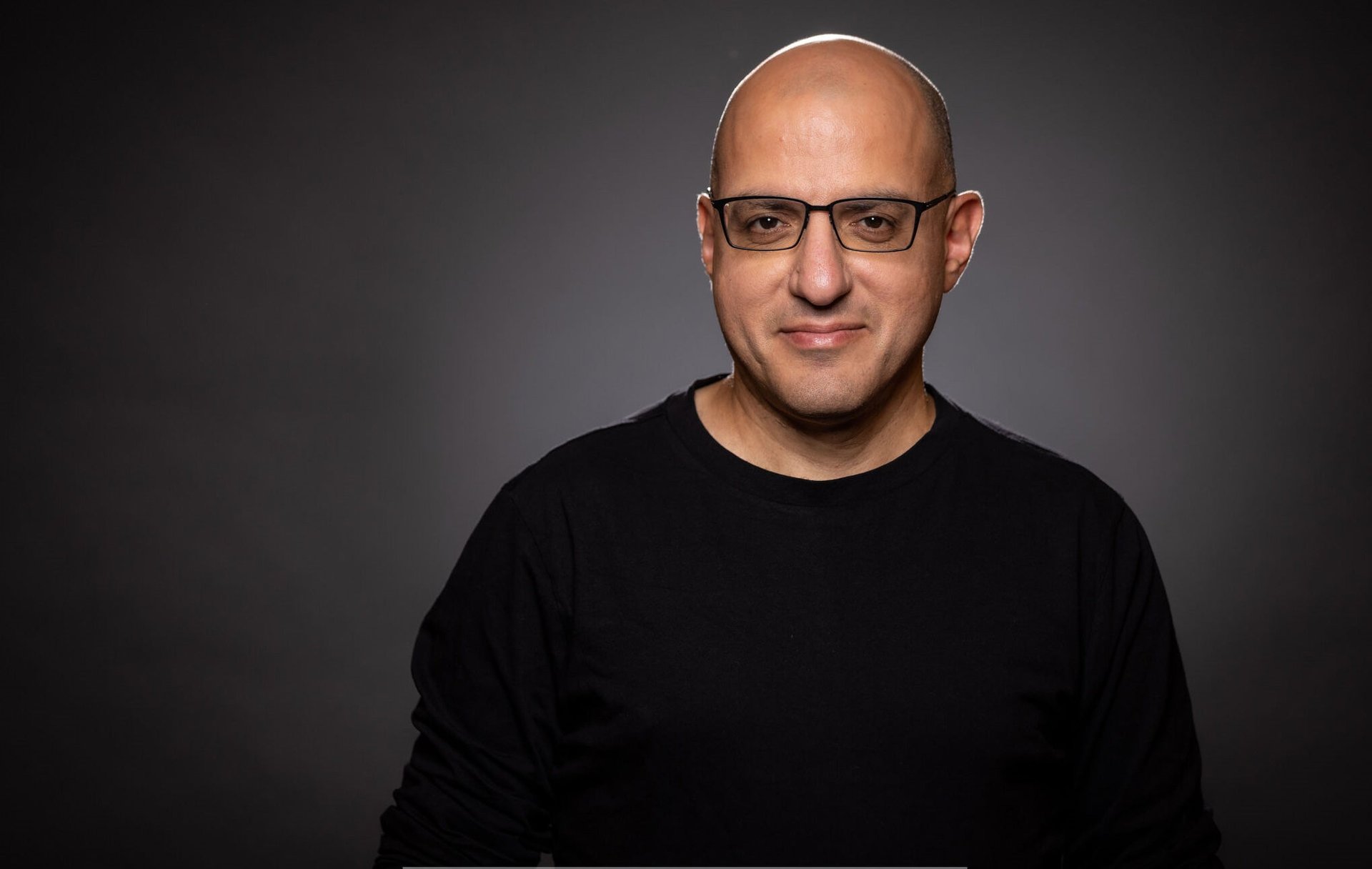
SandboxAQ announced a $300 million funding round this week that values the company at $5.3 billion on a pre-money basis. The funding round included Eric Schmidt and Marc Benioff as investors.
The company’s new funding will be used for AI applications and to accelerate the development of its Large Quantitative Models, or LQMs, which it says can be used in drug discovery and materials-science innovation.
“Large Quantitative Models are the next wave of AI as they provide a powerful ability to solve science and business problems for large industries including aerospace, biopharma, chemicals, defense, energy, finance, and more,” Jack D. Hidary, CEO of SandboxAQ, said in a statement. “The capital raise we are announcing today gives us additional resources to drive deep impact at scale. LLMs and LQMs are complementary platforms that are both needed in the world of B2B applications.”
7 / 8
Engineered Arts’ $10 million Series A for humanoid robots
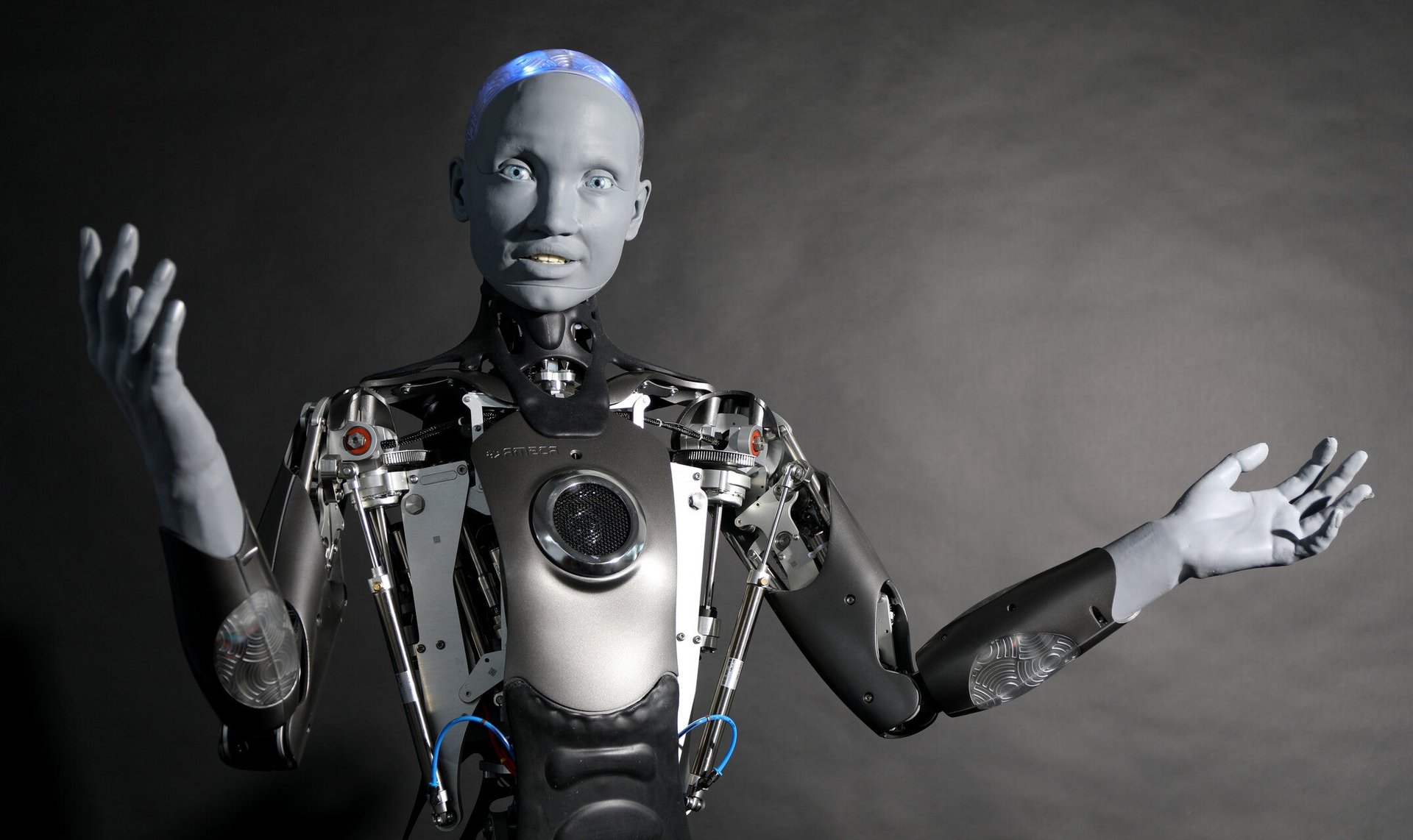
Engineered Arts, a humanoid robotics designer and manufacturer, announced this week that it has restructured to a U.S. entity and closed a $10 million Series A funding round.
The company, which was founded in the U.K., said the funding will be used to “accelerate product refinement, manufacturing readiness, scale production, and investment in advanced business systems.” The raise, which was led by Helium-3 Ventures, brings Engineered Arts’ total funding to $16.2 million.
“Our motto is simple: ‘Be wow!’” Will Jackson, CEO of Engineered Arts, said in a statement. “When you meet one of our robots, you’ll experience a connection to technology in the most human way possible. The saying goes, ‘The future is already here; you just haven’t seen it yet.’ We’re changing that. Get ready to experience the power of embodied AI.”
8 / 8
Blitzy’s agentic platform for software development
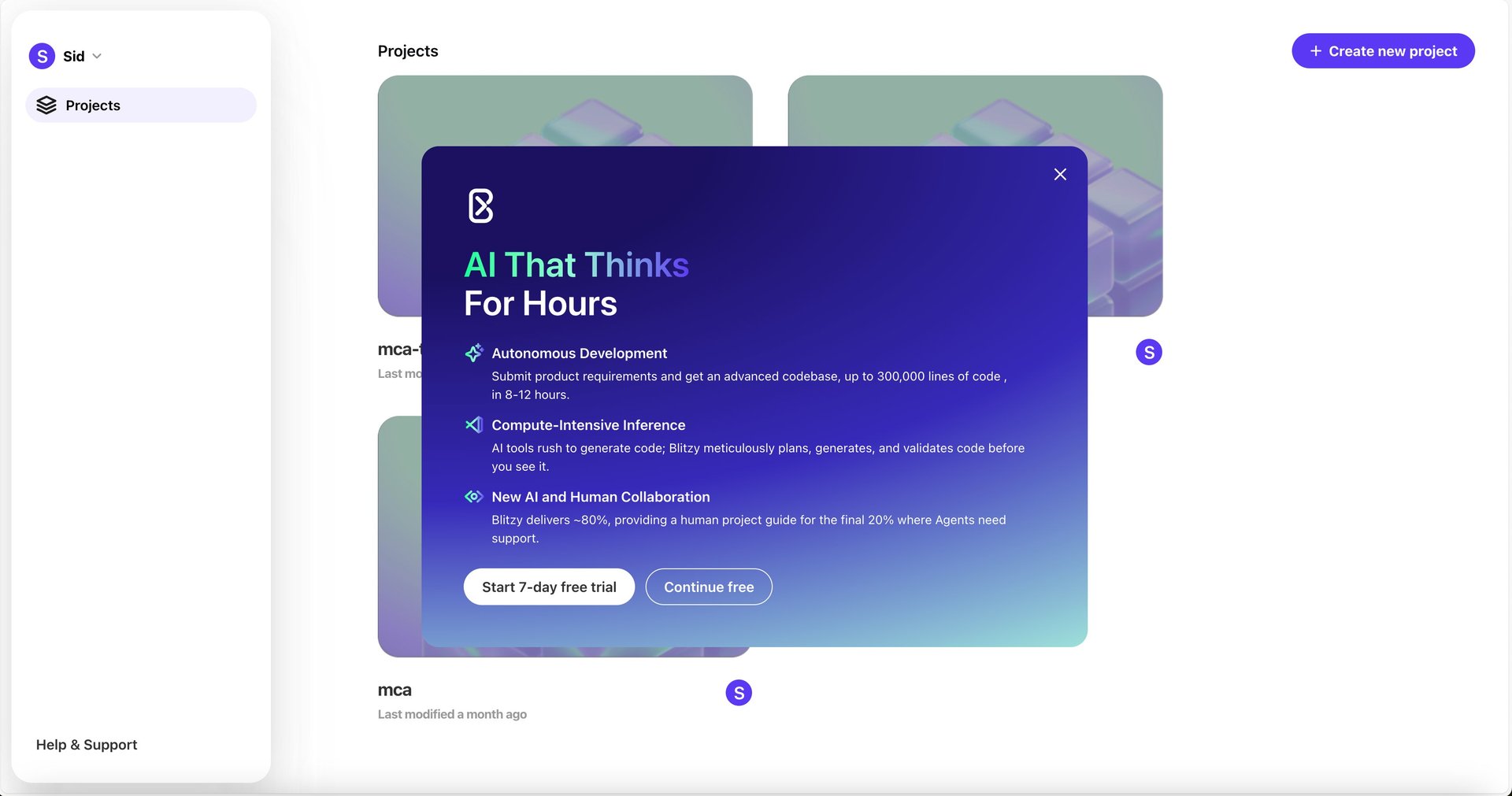
“System 2" AI startup Blitzy announced the launch of its “category-defining agentic platform,” Blitzy Platform, this week. The company says it can build up to 300,000 lines of code in eight hours to accelerate software development for enterprises.
The platform can autonomously batch build “up to 80% of software applications,” the startup said, apparently enabling software engineering teams to complete months-long product roadmaps in days.
“The Blitzy Platform ‘thinks’ for hours to build complex products with enterprise-grade quality that engineers can trust,” Brian Elliott, co-founder and CEO of Blitzy, said in a statement. “The final touches — the creativity, the innovation — still rely on the brilliance of human engineers. Blitzy is designed to handle the heavy lifting, allowing engineers to focus on the most compelling and high-value aspects of their work, ensuring that technology and human expertise go hand in hand.”